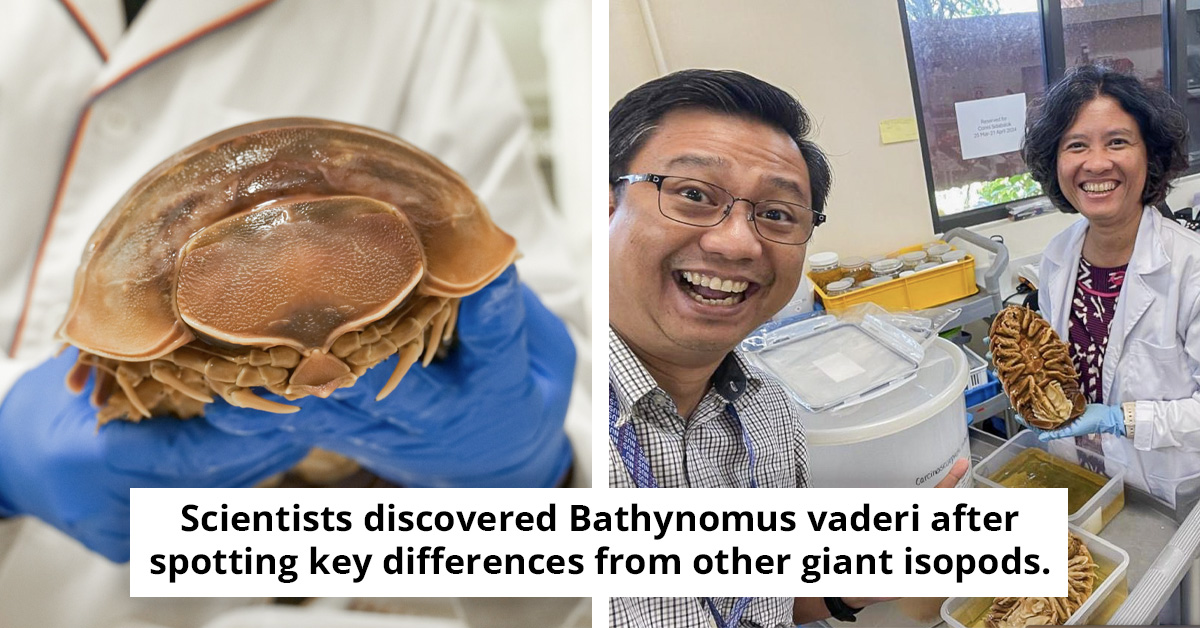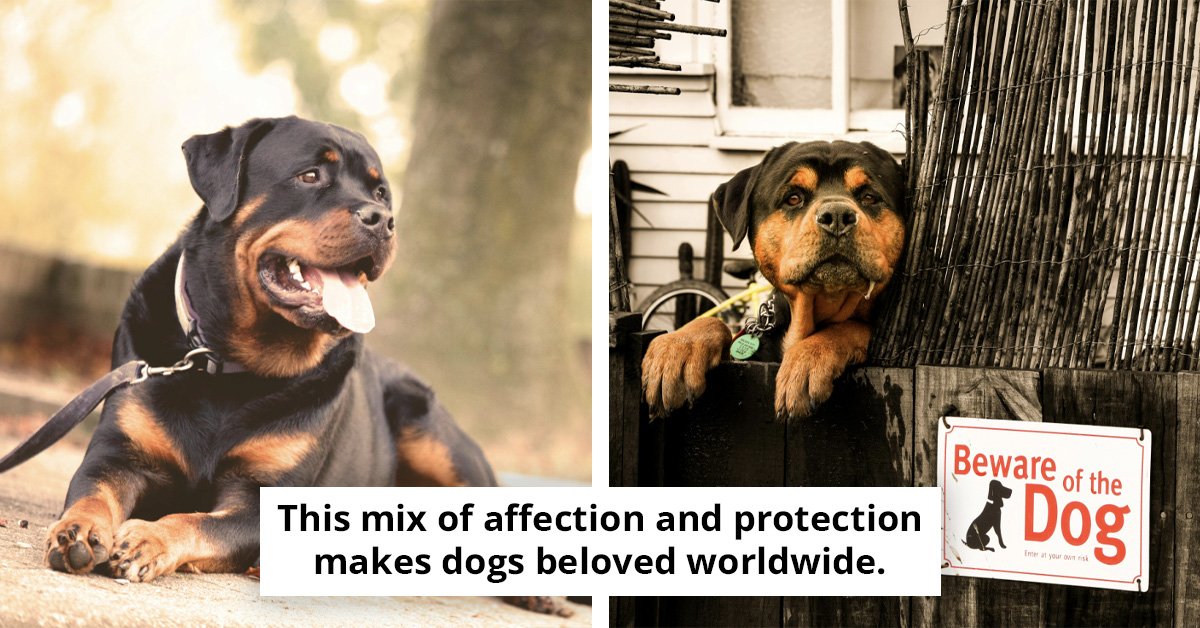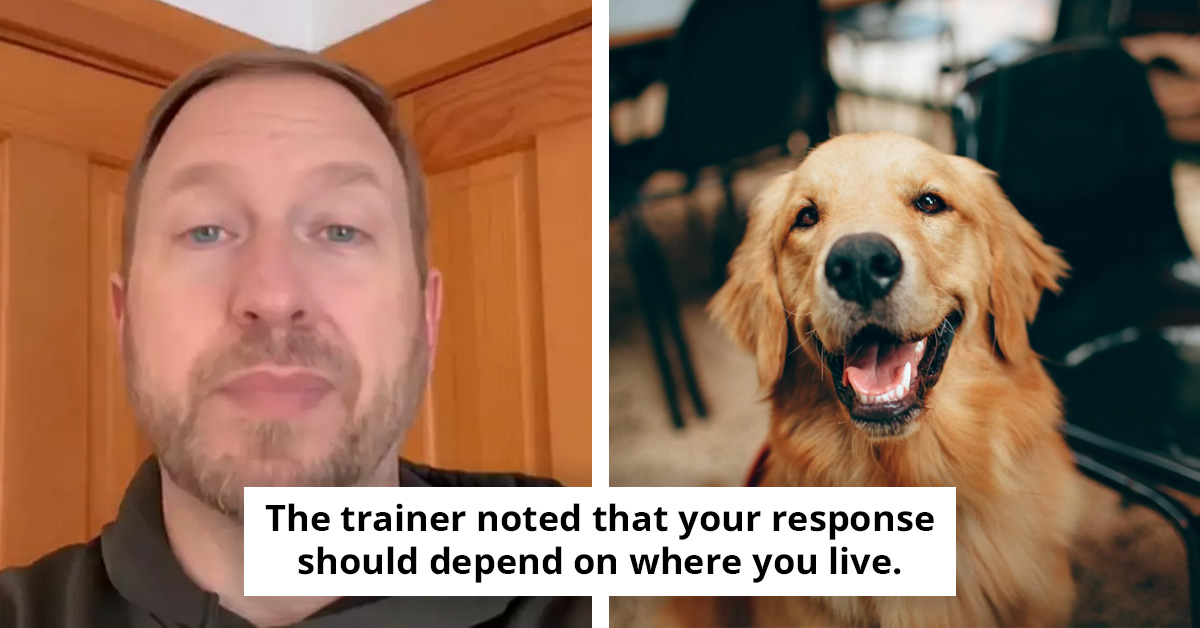What Happened to a Teenager’s Pony After a Zoo’s Unusual Request
A Danish mother has shared the reasoning behind her decision to give her daughter’s beloved pony to a zoo after it sparked outrage when Aalborg Zoo asked the public to donate 'healthy' unwanted pets to feed its predators.
The zoo faced international backlash after posting the request online.
In its statement, Aalborg Zoo explained, "In zoos, we have a responsibility to imitate the natural food chain of the animals—in terms of both animal welfare and professional integrity. If you have a healthy animal that has to leave for various reasons, feel free to donate it to us."
The post clarified that any donated animals would be "gently euthanized" by trained staff before being used as food, ensuring nothing goes to waste while supporting the health and natural behavior of carnivores in captivity.
Among those who responded to the request was Pernille Sohl, 44, who made the difficult decision to donate her daughter Angelina’s German riding pony, Chicago 57. At the time of his death in 2020, the pony was 22 years old and suffering from a painful form of eczema caused by mosquito bites.
The condition left him with open wounds, required protective clothing in summer, and posed risks of infection.
In its statement, Aalborg Zoo explained, "In zoos, we have a responsibility to imitate the natural food chain of the animals—in terms of both animal welfare and professional integrity. If you have a healthy animal that has to leave for various reasons, feel free to donate it to us."

Speaking to The Times, Sohl said, "It might sound very dramatic and bizarre that you would feed your pet to animals in the zoo. But they are going to be put down anyway, and it is not like they are alive when they are given to the predators."
She explained that the decision was left to her daughter, who was 13 at the time. Angelina had previously endured the trauma of watching another family horse taken away by a vet for euthanasia.
Wanting to give meaning to her pony’s death, Angelina decided to allow Chicago 57 to be donated to the zoo, saying she wanted him "to follow the food chain" and benefit other animals.
From a social perspective, public backlash against the zoo's request can be attributed to the principle of moral outrage. According to Dr. Jonathan Haidt, a social psychologist, "People often react with moral outrage when they perceive a violation of ethical norms." This sentiment is echoed by Dr. Tal Ben-Shahar, who states, "The idea of 'donating' unwanted pets to be used as predator food is likely viewed by many as a breach of the normative treatment of pets, leading to the observed backlash" (Haidt, Ben-Shahar).
The mother explained that her daughter made the choice herself to donate her beloved pony's body to the zoo
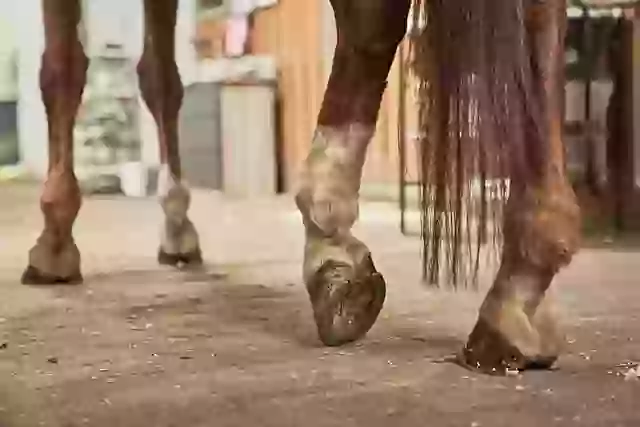
Sohl, who runs a small farm in Assens where children with mental health challenges spend time with horses, emphasized that the 150-mile journey to Aalborg Zoo was not stressful for Chicago 57, as he was accustomed to traveling by trailer.
She was present when he was euthanized by bolt gun, describing the process as humane and dignified. "There was a zookeeper standing there cuddling and kissing him, as if it were me standing with him. I got to say a final goodbye," she recalled.
Afterward, she learned that the pony’s carcass had been fed to the zoo’s lions. Sohl confirmed that she received no payment for the donation, stressing that the decision was made out of respect for the natural cycle rather than for financial reasons.
Aalborg Zoo has defended its policy, saying that feeding whole animals to carnivores provides a more natural diet than processed meat.
In a previous statement, the zoo said, "At Aalborg Zoo, we have always had various carnivores. They fill a central niche in ecosystems and play a crucial role in the balance of nature."
The horse was fed to the zoo's lions
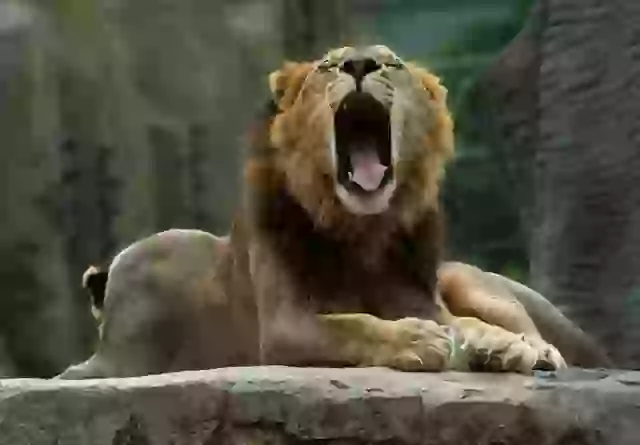
Understanding the Psychology of Attachment
This story brings to light the psychological concept of attachment. A child's bond with a pet, like a pony, can be similar to the attachment between caregiver and child (Ainsworth, 1973). This attachment offers a child a sense of security and affection, and the disruption of this bond can lead to emotional distress (Bowlby, 1977). Therefore, the decision to give a beloved pet away, even for a beneficial cause, can be emotionally challenging, particularly for children.
The zoo noted that providing predators with fur, bones, and whole carcasses is essential for their physical health and natural instincts.
They added, "Therefore, it makes sense to allow animals that need to be euthanized for various reasons to be of use in this way. In Denmark, this practice is common, and many of our guests and partners appreciate the opportunity to contribute."
Typical donations include chickens, rabbits, guinea pigs, and horses.
While the practice continues to divide opinion, Sohl stands by her and her daughter’s decision, describing it as both practical and compassionate. To her family, it was a way to ensure that Chicago 57’s life and death had meaning beyond the boundaries of their farm.
What Research Shows about Decision Making
In making difficult decisions, people often struggle with cognitive dissonance, the mental discomfort experienced when holding two or more conflicting beliefs, values, or attitudes. As highlighted by Dr. Alexandra Solomon, a relationship therapist, "Cognitive dissonance can create significant emotional turmoil, especially when our choices conflict with our core values." In this case, the mother may have experienced dissonance between the desire to help the zoo and the emotional attachment to her daughter's pony. This dissonance can lead to stress and discomfort, often motivating individuals to seek resolution through decisive action, as noted by Dr. Michele Gelfand, a cultural psychologist, who states, "The tension between conflicting emotions often pushes people toward making choices that resolve their internal conflicts."
Analysis & Alternative Approaches
From an overarching perspective, this situation illustrates the complexity of human emotions, attachments, and decision-making processes. It underscores the importance of considering psychological principles, such as attachment theory and cognitive dissonance, in understanding human behavior in response to challenging situations. Furthermore, it highlights the role of societal norms in shaping our reactions to ethical dilemmas (Haidt, 2001). As such, it's essential to approach such situations with empathy, understanding, and a keen awareness of these underlying psychological dynamics.

